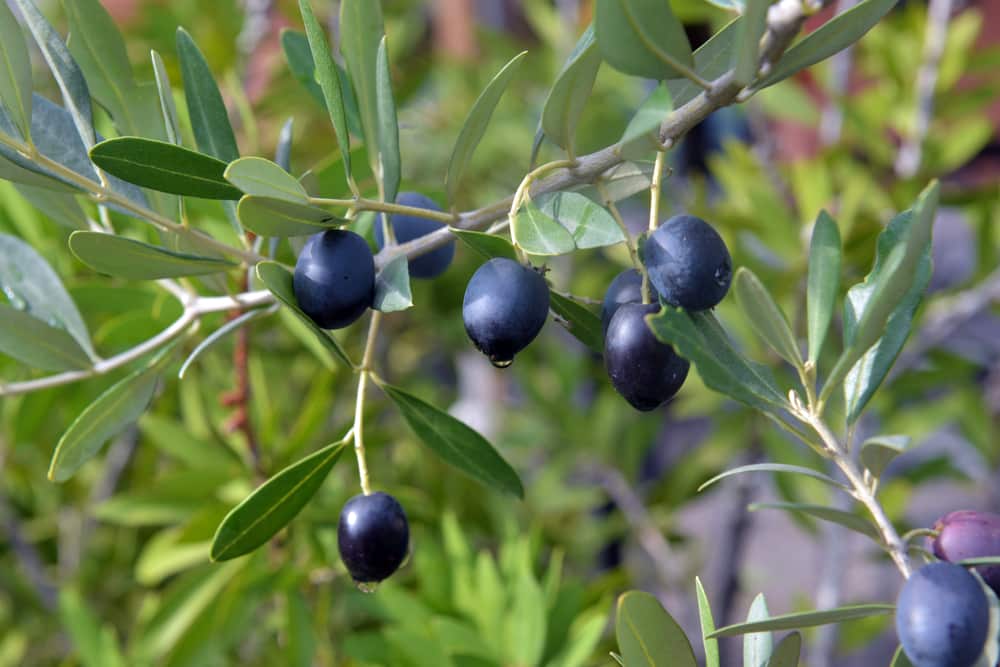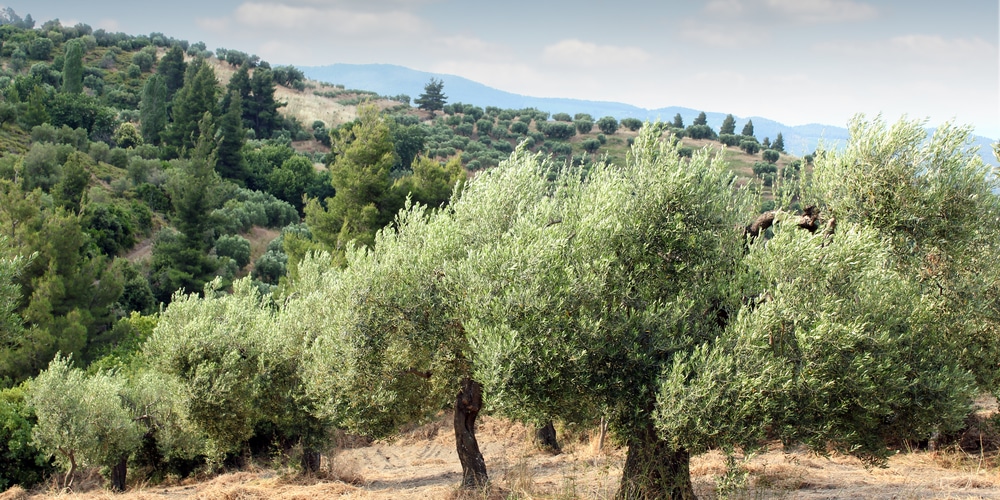The olive tree is a hardy and beautiful plant that has been popular in the Mediterranean for centuries. Olive oil is often described as ‘liquid gold’ and is considered a necessary part of the diet in countries such as Spain and Greece. The fruits can be turned into delicious foods, and the trees provide shade and privacy to homeowners too. Olive trees can grow pretty large, live for centuries and represent wisdom and peace.
Let’s look at which region of the States you can grow Spanish olive trees and how to care for the trees to produce a good harvest.
Where in the US can Spanish olive trees grow?

The Spanish olive tree is native to the Mediterranean and grows well in areas with hot summers and mild winters. The most common variety of Spanish olives is the Arbequina Olive, which produces delicious black olives in winter. Spanish explorers first brought this tree to South America in the fifteen hundreds. The tree was commonly grown across Chile and Peru at that time and was later imported to California.
The Arbequina olive tree makes a good choice for gardeners in California and Florida, and some parts of Texas too.
Olive trees thrive in USDA zone 7 to 10 but do best in zones 8 and 9. In warm areas, the trees can be grown outdoors year-round. In places with colder winters, the trees can be grown in a pot on a sunny patio and can be overwintered indoors or in a greenhouse. Young trees can also be covered with a blanket if frost is expected.
You should ensure that your Spanish olive tree has enough sunlight before planting it in an area where both sunshine and shade are needed. If you are planting the
tree on a slope, make sure that it is facing south or southwest so that it will get plenty of sunlight during the day.
Spanish olive tree care
Spanish olive trees are relatively compact and grow to a height of between 12 and 15 feet in height. They can remain smaller when grown in pots. These trees are evergreen and are self fertile, which means even a single tree will produce fruit.
Spanish olive trees produce an abundance of flowers throughout the spring which, after pollination, start to turn into fruit. The fruit will grow in the summer months and be ready to pick in the winter between November and March.
If you want to grow an olive tree in your own yard, here are some tips on how to care for the trees:
Choose Your Location Carefully
Olive trees do best in full sun with well-drained soil. They like the soil to be reasonably alkaline.
If you are in a windy area, consider planting your tree near a fence or other barrier that can protect it from the elements.
Water
Spanish olive trees require plenty of water to produce edible fruits. They require at least 1 inch of water per week. It is especially important to give them plenty of extra water during periods of warm weather and drought.
Fertilization
Olive trees require acidic soil that is rich in nutrients and minerals. You can provide your trees with a good quality fertilizer twice per year.
Pruning
The olive tree does not have to be pruned regularly, but it should still be trimmed and groomed every year. This will help keep the tree healthy and free from disease.
Conclusion
Spanish olive trees are a beautiful addition to any landscape, and they can provide an endless supply of delicious treats as well. If you want to care for yourself properly, follow the above tips!
